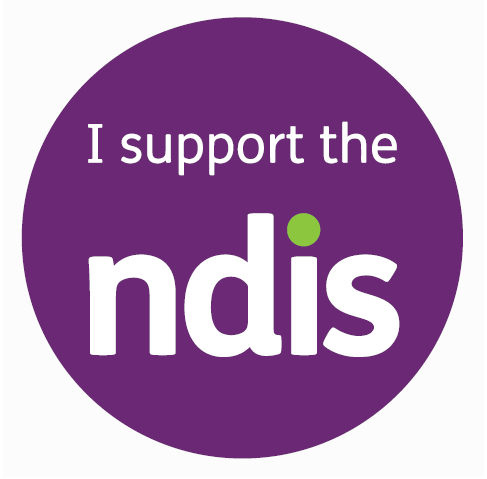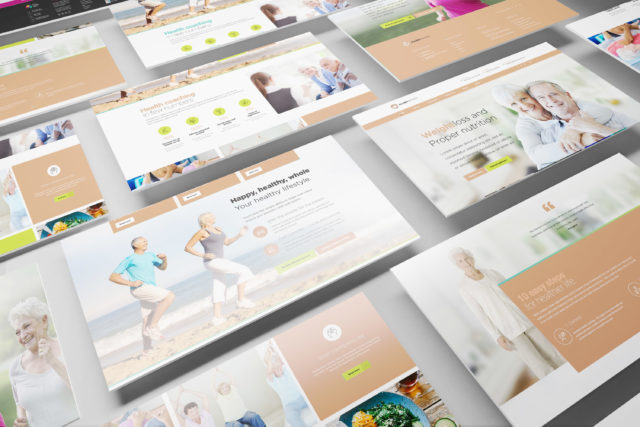
Assistive Technology
Assistive technology includes things such as wheelchair requests, home modifications, specialised equipment, car modifications and hearing devices. Assistive technology requests are performed by the treating physiotherapists or occupational therapists. and small items can be organised quickly where as requests over $1000 may require > 3 hours of report and assessment and can be a 2-4 month wait for the NDIA to approve the request.
What is the difference between AT complexity levels?
AT is as diverse as a non-slip mat through to complex interfaces, for driver control of a car. The NDIS has described four AT complexity levels:
Level 1 (basic): is low-cost, low-risk and participants will mostly identify and source this themselves. Examples include: nonslip bathmats, large print labels, doorbells, etc.
Level 2 (standard): are typically ‘off the shelf’ AT that many participants can test and trial before making a final choice. Examples include: bath seat, handrails, ramps, etc.
Level 3 (specialised): is similar to Level 2 AT, however it often requires modification to suit the needs of the participant. Examples include: desktop electronic magnification, home modifications such as bathroom adaptions and pressure mattresses, etc.
Level 4 (complex): are typically custom made or ‘off the shelf’ but configured uniquely for the individual. Examples include: power wheelchairs, cochlear implant speech processors, complex home modifications that require major structural change, etc.
















